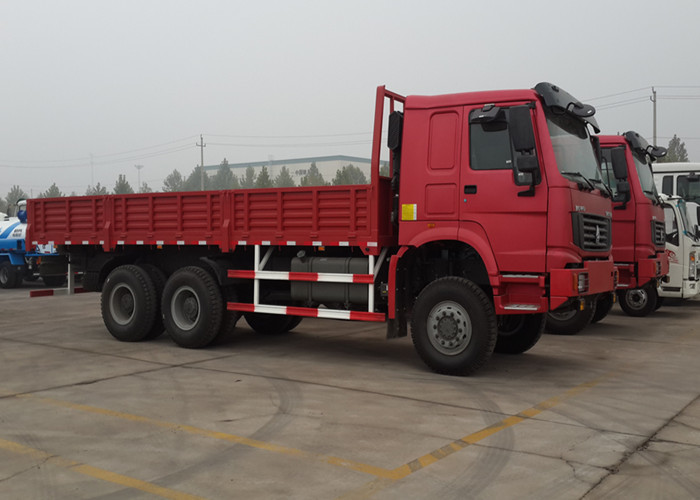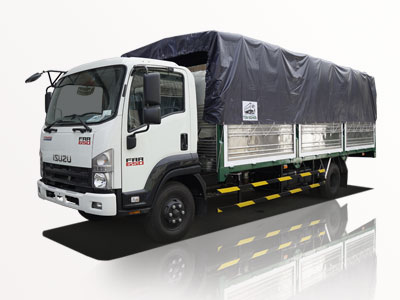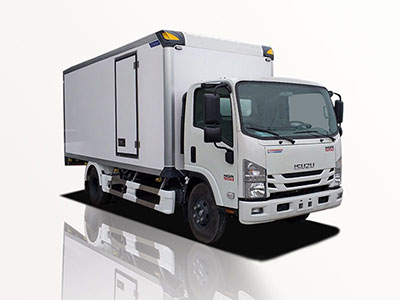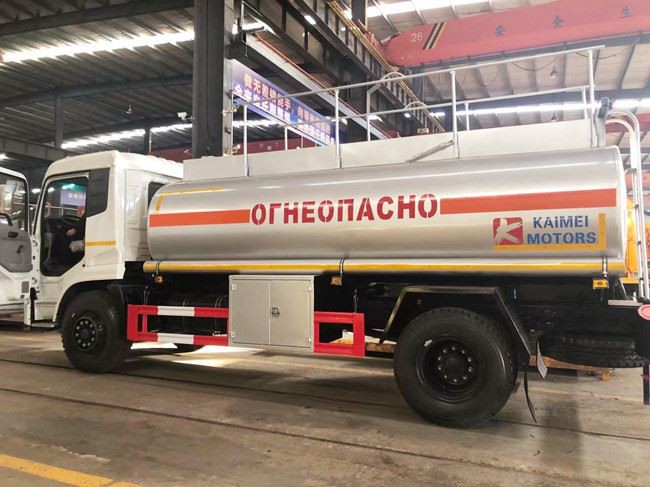Introduction
In the dairy industry, the transportation of milk from farms to processing plants is a crucial process that requires specialized equipment. One of the most important components in this supply chain is the milk truck tank. These tanks are designed to safely transport milk while maintaining its quality and safety. In this article, we will delve into the specifics of milk truck tanks, including their design, types, maintenance, regulations, and more. Whether you are a dairy farmer, transporter, or simply curious about how milk gets from farm to table, this guide will provide valuable insights.
1. What is a Milk Truck Tank?
A milk truck tank is a specialized container that is used to transport raw or processed milk. These tanks are built to keep milk at a safe temperature and prevent contamination. Generally, they are mounted on large trucks designed for heavy loads, making them crucial for the dairy supply chain.
1.1 The Importance of Milk Truck Tanks
The main purpose of a milk truck tank is to ensure that milk remains fresh and uncontaminated throughout transport. This is essential not only for the quality of the product but also for consumer safety. Properly designed tanks can prolong shelf life and enhance the overall quality of the milk.
2. Types of Milk Truck Tanks
Milk truck tanks come in various types, each designed for specific purposes and requirements. Below are the most common types:
2.1 Insulated Milk Tanks
Insulated tanks are designed to maintain low temperatures, typically ranging from 1°C to 4°C, to extend the shelf life of milk during transport. They are equipped with refrigeration units to keep the milk cool.
2.2 Non-Insulated Milk Tanks
Non-insulated tanks are generally used for short-distance routes where there is minimal risk of temperature fluctuations. They are less expensive but offer limited temperature control features.
2.3 Milk Transport Tanks with Agitators
These tanks feature agitators that keep the milk in motion during transport. This prevents cream from separating and maintains a uniform quality of the milk, which is critical for processing.
3. Design Features of Milk Truck Tanks
The design of a milk truck tank plays a vital role in ensuring that the milk remains uncontaminated during transport. Below are some important design features:
3.1 Materials Used
Most milk truck tanks are made from stainless steel, which is resistant to corrosion and does not react with milk. This ensures that the milk remains pure and is not tainted by chemicals.
3.2 Capacity
Milk truck tanks come in various capacities, typically ranging from 2,000 to 6,000 liters. The right size depends on the distance the milk needs to be transported and the quantity produced by the dairy farm.
3.3 Loading and Unloading Mechanisms
Efficient loading and unloading systems are essential for reducing downtime during the transport process. Many tanks are equipped with pump systems that help to transfer milk smoothly and quickly.
4. Maintenance of Milk Truck Tanks
Maintaining milk truck tanks is crucial for ensuring hygiene and efficiency. Regular maintenance helps to prevent contamination and extends the lifespan of the tank.
4.1 Cleaning Standards
Cleaning milk truck tanks requires strict adherence to sanitation standards. Trucks must be cleaned before and after each haul to eliminate any bacteria. Cleaning procedures generally involve:
- Flushing the tank with hot water
- Using detergent solutions specifically designed for dairy equipment
- Rinsing thoroughly with clean water
- Drying the tank completely before the next use
4.2 Regular Inspections
Regular inspections are necessary to ensure that the tank remains in good condition. Inspectors should check for:
- Corrosion or damage to the tank
- Proper operation of the refrigeration system
- Leakages in seals and joints
5. Regulatory Guidelines for Milk Truck Tanks
Transporting milk involves adhering to strict regulatory guidelines that vary by region. Common guidelines include:
5.1 Safe Transportation Practices
Transport vehicles must be appropriately marked and comply with local regulations regarding temperature control and hygiene. The milk must also be logged with details such as temperature and transport duration.
5.2 HACCP Regulations
Many regions require compliance with Hazard Analysis Critical Control Point (HACCP) regulations. This involves identifying and controlling potential hazards at all stages of milk transport to ensure food safety.
6. Practical Examples and Case Studies
To better understand the application of milk truck tanks, consider the following examples:
6.1 Farm to Processing Plant
Farmers produce a high volume of milk that needs to be delivered quickly to processing plants. Using insulated milk truck tanks with agitators allows them to transport milk over long distances while maintaining its freshness and quality.
6.2 Local Dairy Delivery
In urban areas, smaller non-insulated tanks may be used for local deliveries. A bakery that requires fresh milk daily can rely on efficient delivery services utilizing smaller, more cost-effective milk truck tanks.
7. Tips for Choosing the Right Milk Truck Tank
When selecting a milk truck tank, consider the following tips:
7.1 Determine Your Capacity Needs
Evaluate the daily milk production and transport distances to choose an appropriately sized tank.
7.2 Prioritize Insulation
For longer journeys, opt for insulated tanks to ensure that milk remains at safe temperatures.
7.3 Look for Advanced Features
Consider tanks with advanced features like automated cleaning systems or temperature monitoring to enhance efficiency.
8. Future Trends in Milk Truck Tanks
The milk transport industry is evolving, and advancements in technology are shaping the future of milk truck tanks. Key trends include:
8.1 Environmental Considerations
With a greater focus on sustainability, there are efforts to produce tanks using eco-friendly materials, as well as improving the energy efficiency of refrigeration systems.
8.2 Automation
Emerging technologies are leading to increased automation in the milk transport process, making it more efficient and reliable.
FAQ Section
What is the ideal temperature for transporting milk?
The ideal temperature for transporting milk is between 1°C and 4°C to prevent spoilage and maintain quality.
How often should milk truck tanks be cleaned?
Milk truck tanks should be cleaned before and after each use to ensure hygiene and prevent contamination.
What material is best for milk truck tanks?
Stainless steel is the best material for milk truck tanks as it is resistant to corrosion and does not interact with milk.
Are there regulations for transporting milk?
Yes, there are various regulations that apply to milk transport, including temperature control and hygiene standards, which may vary by region.
How do I know if my milk truck tank needs maintenance?
Regular inspections can help determine if maintenance is needed, especially if there are signs of corrosion, unusual odors, or temperature inconsistencies.



